Students abandon applications due to complex forms, financial stress, and lack of institutional support. Understanding why students abandon applications helps institutions improve user experience, offer timely assistance, and boost completion rates through smarter, more personalised strategies and AI-driven interventions.
Table Of Contents
Introduction
Application abandonment refers to the incomplete action of students starting but not completing an application process—such as a college admission application, registration, or any online form. It thwarts the higher-ed prospects of roping in young and bright candidates to their institutions. High abandonment rates can mean lost leads, wasted resources, and reduced conversions.
Every year, millions of bright, ambitious students take the first step toward their dreams by starting college applications — but shockingly, nearly 1 in 4 never finish. A study by Brown University’s Annenberg Institute found that 24% of prospective students began at least one college application but did not submit any during the 2018-19 cycle. This means thousands of potential futures are meandering, not due to a lack of talent or desire but because the application process itself becomes a daunting obstacle.

In 2025 alone, the U.S. is projected to have the highest number of high school graduates ever recorded—3.9 million—fueling a surge in college applications. Yet many hopefuls abandon their journey midway, overwhelmed by stress, confusion, and hidden costs.
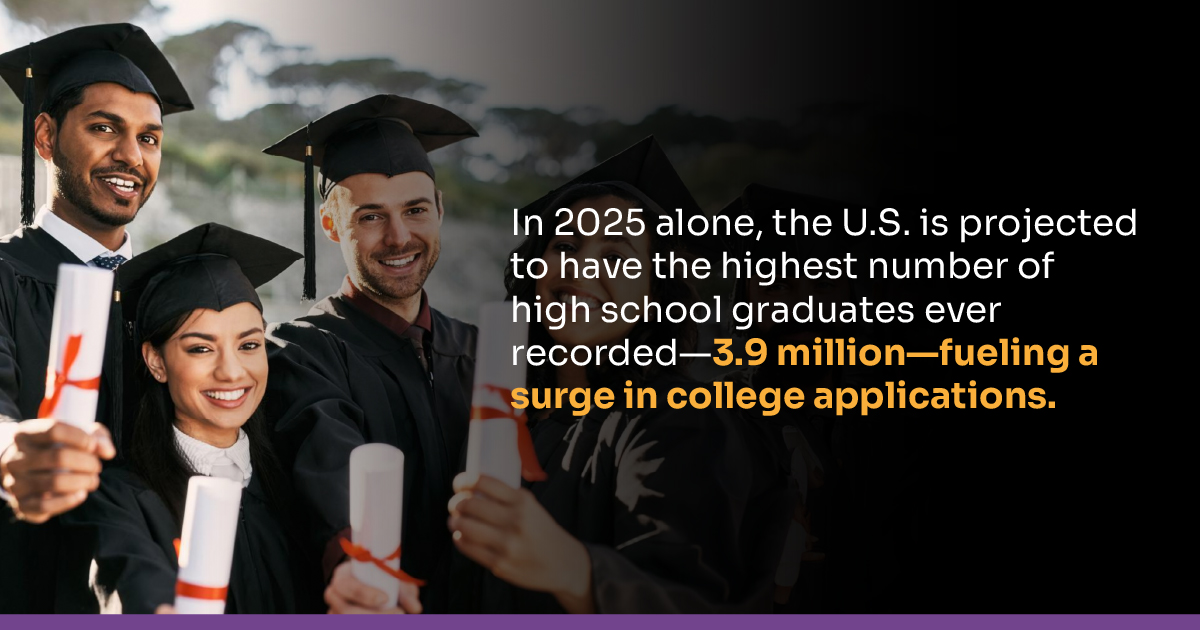
Additionally, the stress associated with the application process is profound, as over 60% of students report feeling overwhelmed by college application advice, and nearly half feel pressured to apply to institutions they are not genuinely interested in.
With a projected 15% decline in college enrollment between 2010 and 2021 and further decreases anticipated, universities can no longer afford to lose these talented individuals before they even enrol.
But here’s the exciting part: this challenge is also a massive opportunity. By cracking the code on why students abandon applications and transforming the process into a smooth, supportive experience, colleges can unlock a wave of untapped potential. Ready to discover why students quit—and how you can turn the tide?
Let’s dive in and explore the game-changing strategies that can turn abandoned applications into success stories.
Top Reasons Why Students Abandon Their College Applications
Application abandonment in higher education underpins a critical disconnect between institutional processes and student expectations, marring enrollment outcomes. Data reveals that 9-11% of applicants abandon applications under typical conditions, though rates can surge to 60% in poorly optimised systems. Here are the most common reasons why students abandon their college applications:
1. Overwhelming and Complicated Application Process
- Long forms, unclear instructions, and multiple document uploads can frustrate students.
- According to Higher Ed Dive, 1 in 4 students never complete their applications, often due to the complexity involved.
2. Financial Concerns
- Application fees, tuition costs, and hidden expenses can deter students.
- A Parents.com survey found that 62% of students cite cost as their top concern, which makes them abandon applications altogether.
3. Stress and Anxiety
- The pressure to meet deadlines, write perfect essays, and compete with peers can lead to burnout.
- A study by Higher Ed Dive showed that over 50% of students rank the college application as their most stressful academic experience.
4. Lack of Guidance and Support
- First-generation applicants or students from underrepresented backgrounds may not have access to counsellors or mentors.
- Without someone to clarify doubts, many feel lost and give up midway.
5. Poor User Experience (UX)
- Non-intuitive, outdated, or non-mobile-friendly application portals turn off digital-native students.
- Platforms that lack autosave, progress bars, or mobile compatibility see higher dropout rates.
6. Time Constraints
- Many students juggle school, jobs, and family responsibilities.
- If the process feels time-consuming or inefficient, they deprioritise it.
7. No Real-Time Help
- When students can’t get answers quickly—via chatbot, live chat, or helpline—they often pause or exit the application to return but never do.
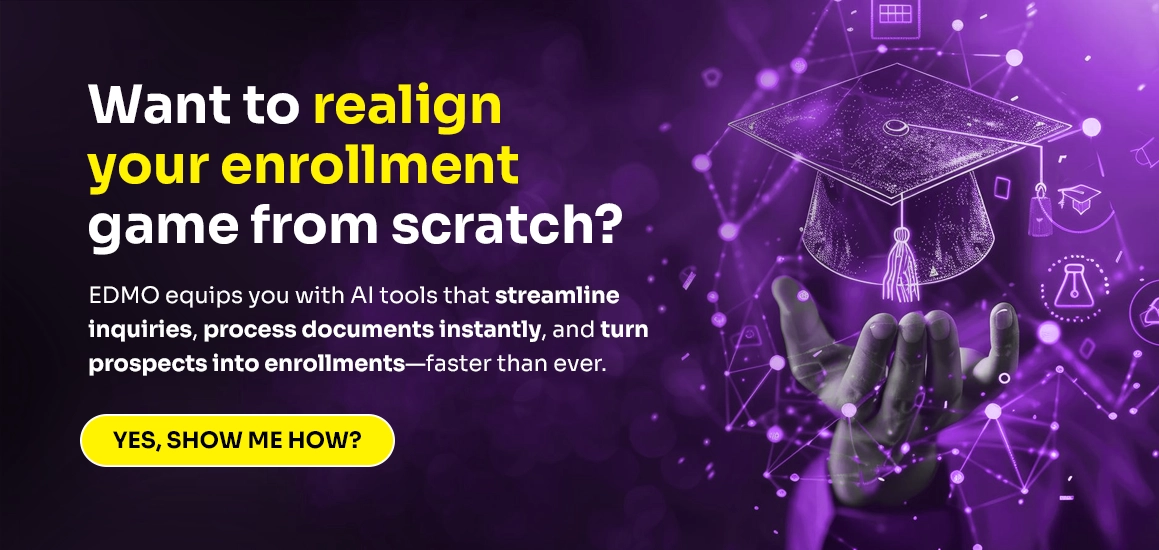
Leveraging AI to Understand and Prevent College Application Abandonment
Universities face a critical challenge: students increasingly abandon applications due to complex processes, financial stress, and policy paralysis. AI offers transformative solutions to address these issues by identifying at-risk applicants, streamlining workflows, and enhancing engagement. Below is a synthesis of strategies, data, and real-world implementations from global institutions.
Predictive Analytics for Early Intervention
AI models analyse academic, demographic, and behavioural data to predict abandonment risks. Key implementations include:
- Eastern Michigan University (EMU): Developed a predictive model using factors like academic performance, financial status, and engagement levels. This enabled early interventions, addressing a 55% undergraduate non-completion rate. Students failing to earn credits early are 3x more likely to abandon their studies.
- Politecnico di Milano: Reduced dropout rates from 20% to 10% by analysing 10 million data points (e.g., early credit acquisition, financial aid status) to flag at-risk students and provide targeted support. First-gen students are 40% more likely to drop out due to mental health barriers.
AI-Driven Automation to Simplify Processes
Streamlining applications reduces cognitive overload and technical friction:
- Document Intelligence: Automates student application sorting, analysis, and evaluation, reducing manual workload and improving accuracy. By seamlessly integrating with major CRMs, EDMO ensures quicker and more efficient admissions processing.
Impact:
- Institutions using automation report 33% higher completion rates among first-gen applicants.
- Real-time error checking reduces submission failures by 30%.
Enhanced Engagement Strategies
AI tailors communication to sustain interest:
- Predictive yield modelling uses historical student data, application behaviour, and engagement signals to forecast which applicants are most likely to enroll. Universities like Eastern Michigan University (EMU) and others employ these models to:
- Identify high-intent applicants: AI analyzes patterns such as early application activity, responsiveness to outreach, and engagement with digital resources.
- Prioritize outreach: Admissions teams can focus personalized communications—emails, calls, texts—on students most likely to convert, increasing overall efficiency.
- Tailor messaging: AI-driven systems can send the right message at the right time, addressing specific concerns or barriers that might cause a student to drop out.
Example and Results:
- A private, mid-sized university used predictive and prescriptive AI to identify applicants likely to respond to faculty phone calls. By targeting this group, the university saw a 15% increase in enrollment yield after implementing AI-driven outreach strategies.
Heatmaps & Drop-off Point Detection
- Heatmaps show where students click, scroll, or spend the most time on an application page. The “hotter” (red) areas show more activity, while cooler (blue) areas show less.
- Heatmaps and session recordings help universities see exactly where students get stuck or leave the form. This helps improve the process and reduce drop-offs.
- A study by Matomo found that only 63% of users scroll far enough to see key buttons or sections. So if the “Submit” button is too low, students might miss it.
- After modifications informed by session replays and heatmaps, sites report up to 300% conversion rate increases and 27% bounce rate reductions.
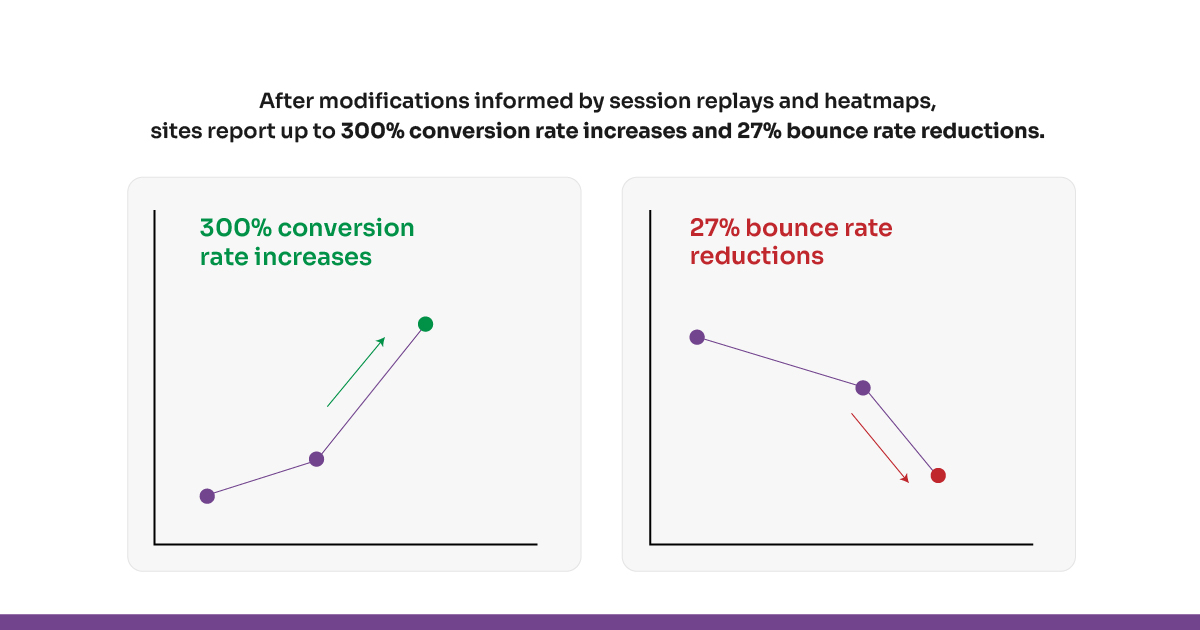
Implementation Roadmap for Universities
- Adopt Mobile-First Design: Ensure responsive portals, as 62% of students abandon non-mobile-friendly forms.
- Integrate Mental Health Support: Embed chatbots linking to counsellors during high-stress steps (e.g., essay submission).
- Leverage Open-Source AI: Tools like OpenAI’s Operator can auto-fill forms, reducing manual input.
- Continuous Improvement: Use analytics to track drop-off points (e.g., financial aid pages) and refine workflows.
Best Communication Strategies to Bring Back Students Who’ve Dropped Off
Here are the 5 Best Communication Strategies to Bring Back Students Who’ve Dropped Off from the application process:
1️. Personalized Reminder Emails
What to do: Send targeted emails with the student’s name, application progress, and a clear call-to-action.
Why it works: Personalization makes students feel recognised and encouraged.
Example: “Hey Riya, you’re just one step away from submitting your application!”
2️. WhatsApp & SMS Nudges
What to do: Send quick, friendly messages on platforms students use daily.
Why it works: SMS/WhatsApp have high open rates and are hard to ignore.
Example: “Hi Rahul, your application is 75% done. Need help? Just reply here!”
3️. AI Chatbot Follow-ups
What to do: Use chatbots to message students after inactivity.
Why it works: Real-time support reduces confusion and builds confidence.
Example: “Still stuck? I can help you finish your form in minutes.”
4️. Behavior-Based Email Campaigns
What to do: Trigger emails based on where a student left off (e.g., stopped at payment or missing documents).
Why it works: Timely, relevant nudges improve re-engagement.
Example: “You left your transcript upload pending—here’s a quick guide to finish it!”
5️. Personal Calls or Voice Notes from Counselors
What to do: Have a counsellor or student advisor reach out directly.
Why it works: Builds trust and resolves hesitation or confusion faster.
Pro Tip: Use local language/regional counsellors for better connection.
Summary
Application abandonment is quietly derailing the dreams of thousands of students each year. Despite strong aspirations, many begin college applications but never hit “submit.” Why? The reasons are layered—cumbersome forms, high fees, overwhelming stress, unclear guidance, and tech-unfriendly portals top the list. As India’s student population swells and competition intensifies, institutions are witnessing lost opportunities and declining enrollment rates.
But there’s hope. Modern AI tools are stepping in to transform this crisis into an opportunity. Predictive analytics, intelligent chatbots, user behaviour heatmaps, and targeted messaging strategies now help institutions track where students drop off, understand why, and win them back. Personalised reminders, mobile-first platforms, and mental health support integrated into the process are proving to be game-changers.




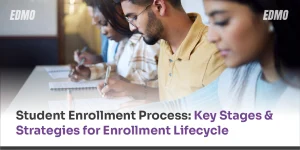


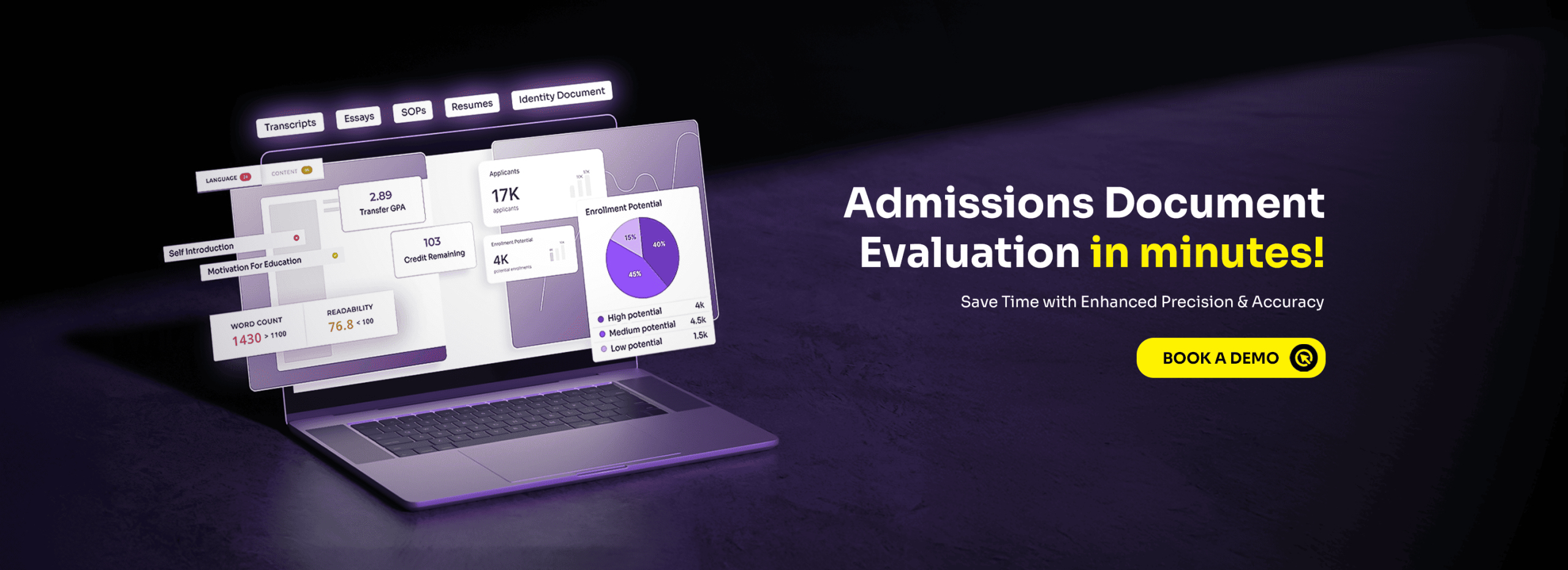

No comments yet. Be the first to comment!
Leave a Comment